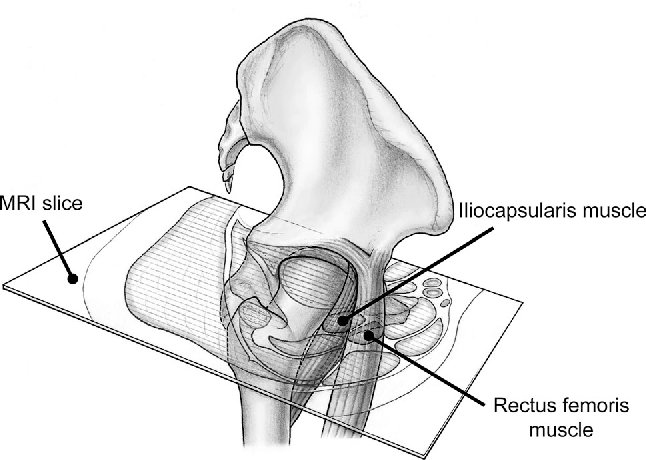Iliocapsularis update
you know about this guy?
I have written before about one of my favorite muscles for dysfunctional hips, the iliocapsularis. See here and here to catch up.
 As you are probably (hopefully?) aware it has its proximal attachment at the anterior-inferior iliac spine and the anterior hip capsule (1), though it does not attach to the labrum (2). Its inserts . . .
As you are probably (hopefully?) aware it has its proximal attachment at the anterior-inferior iliac spine and the anterior hip capsule (1), though it does not attach to the labrum (2). Its inserts . . .
Posted in: capsularisdry needlingdry needling coursedry needling seminareducationilioiliocapsularisneedlingtpdntrigger point dry needling instruction
Ischemic compression and Dry Needling
...it only takes a minute or 2...
Post needling soreness is a common side effect of dry needling, particularly if multiple twitches are obtained. "Six" twitches seems to be the number of twitches necessary to obtain better clinical results (1). Mitigation of this "post needling soreness" has been explored. One study (2) looked at "spray and stretch" as a way . . .
Posted in: compressioncoursedry needlingischemicneedlingpost treatment sorenesstpdntrigger point dry needling seminar
Proprioception and Needling
Get the most out of what you do!
When it comes to needling and exercise, proprioception is King.
What is proprioception? It is body position awareness; ie: knowing what your limbs are doing without having to look at them. We talk about this all the time in our seminars. Some studies use specific points, others general ones, but they boil down to "needling . . .
Posted in: acupuncturedry needling coursedry needling seminarexercisemusclemuscle actionmuscle layersneedlingperoneusperoneus longusproprioceptionproprioceptiverehabtpdn
The Calcaneo Cuboid Locking Mechanism
Needle those Peroneii!
The Calcaneo Cuboid Locking Mechanism
Do you know what this is? You should if you treat folks who walk or run!
It is the mechanism by which the tendon of the peroneus longus travels behind the lateral malleolus of the ankle, travels underfoot, around the cuboid to insert into the lateral aspect of the base of the 1st . . .
Posted in: calcaneocalcaneo cuboidcalcaneocuboidcalcaneuscuboiddeep needlingdry needling instructionfibersgaitgastroclockinglocking mechanismmechanismneedlingnerveperoneusperoneus longusrehabrehabilitationsensorysoleustpdn
The SCM and Gait
We remember that we have 3 systems that keep us upright in the gravitational plane: The visual system, The vestibular system and the proprioceptive system. As we age, we seem to become more dependent upon the visual system to maintain stability of the head (which is largely under the purview of the vestibular system). Older folks seem . . .
Posted in: acupuncturecleidodry needling coursedry needling instructiondry needling seminareducationgaitmastoidneedlingscmsternosternocleidomastoidtpdntrigger point dry needling instructiontrigger point dry needling seminarstrigger point seminar
The Tib Posterior
Posterior tibialis tendinitis is a primary soft tissue tendinopathy of the posterior tibialis that leads to altered foot biomechanics. Although the natural history of posterior tibialis tendon dysfunction is not fully known, it has mostly been agreed that it is a progressive disorder.(1)
 The tibialis posterior originates from the . . .
The tibialis posterior originates from the . . .
Posted in: needlingposteriorposterior chaintibialistibialis posteriortpdntrigger point dry needling seminars
The latissimus
The latissimus dorsi is THE functional link between the upper and lower extremity, particularly though its connections with the thoracolumbar fascia (1, 2). Affording itself a large attachment centrally from the T7 to L5 spinouses, laterally to the iliac crest and thoracolumbar fascia, rostrally to the lower 3 or 4 ribs and . . .
Posted in: dry needlinggaitgluteus maximuslatissimus dorsilumbar instabilityneedlingobliqueposteriorposterior oblique slingslingspinal instabilitytpdn
Cover image credit: http://wallpapershacker.com/skulls_sketches_skeletons_spine_drawings_hd-wallpaper-1015286/
